Shieldex® EMC Cabinet
EMC Cabinet
EMC Cabinet
Discover the Shieldex EMC Cabinet, our specialized solution for eliminating electromagnetic interference (EMI) in spectrum analyzers. This cabinet allows you to use the full dynamic range of your analyzer without false signal detections. With internal dimensions of 450 x 450 x 400 mm and a robust PVC frame, it is ideal for a wide range of applications. It offers versatile connectors such as SMA and N-type and a measured isolation shielding of 15 dB to at least 3 GHz.
Advantages
Advantages
- EMI Elimination : Eliminates both internal and external electromagnetic interference.
- Optimal Dynamic Range : Enables interference-free use of the full potential of the spectrum analyzer.
- High-quality shielding : Uses conductive, durable textile for effective cushioning.
- Improved test accuracy : Delivers clear, reliable measurement results through EMI reduction.
- Versatile connectors : Offers flexibility through an interface panel with RF and power connectors.
Shielding performance
Shielding performance
Average up to 15 dB up to at least 3 GHz
Download data sheet
Download data sheet
View full details
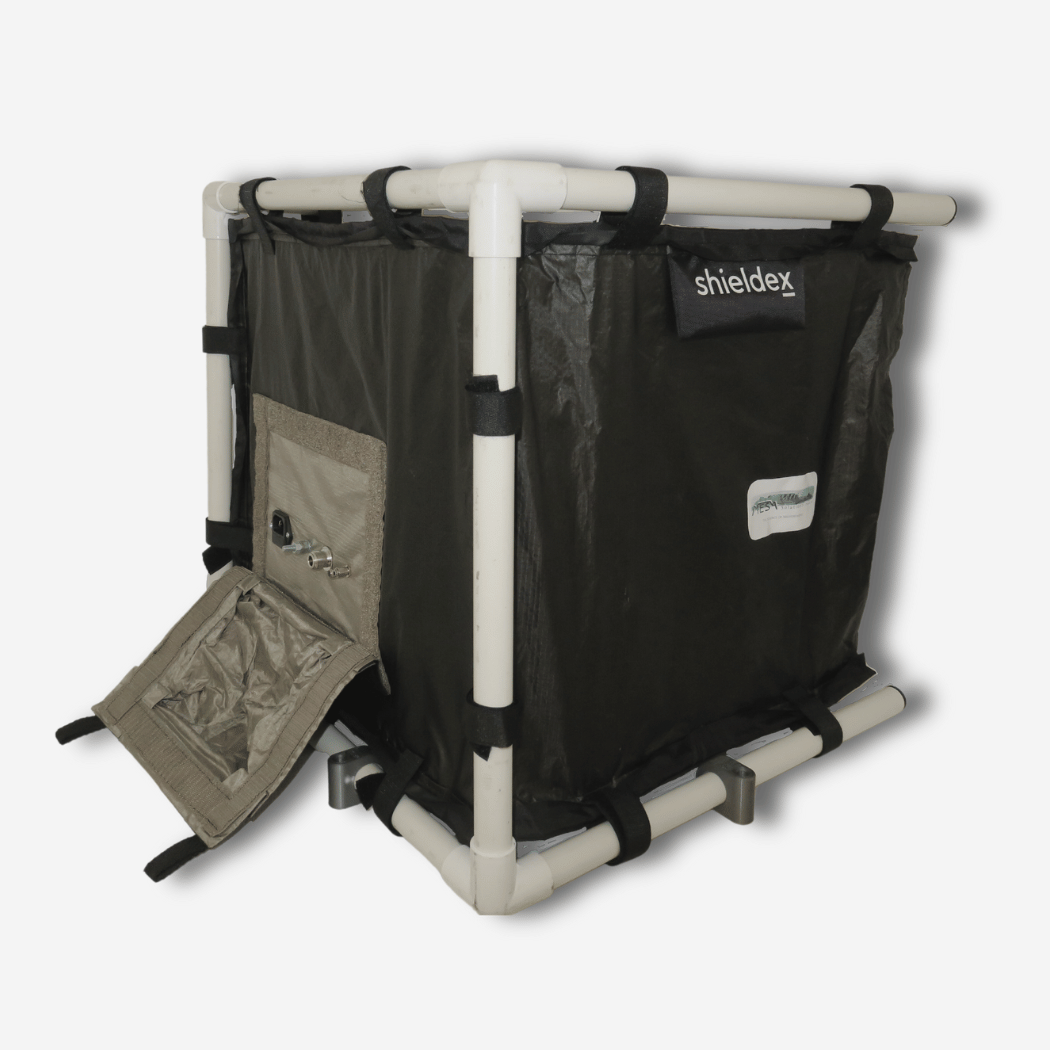
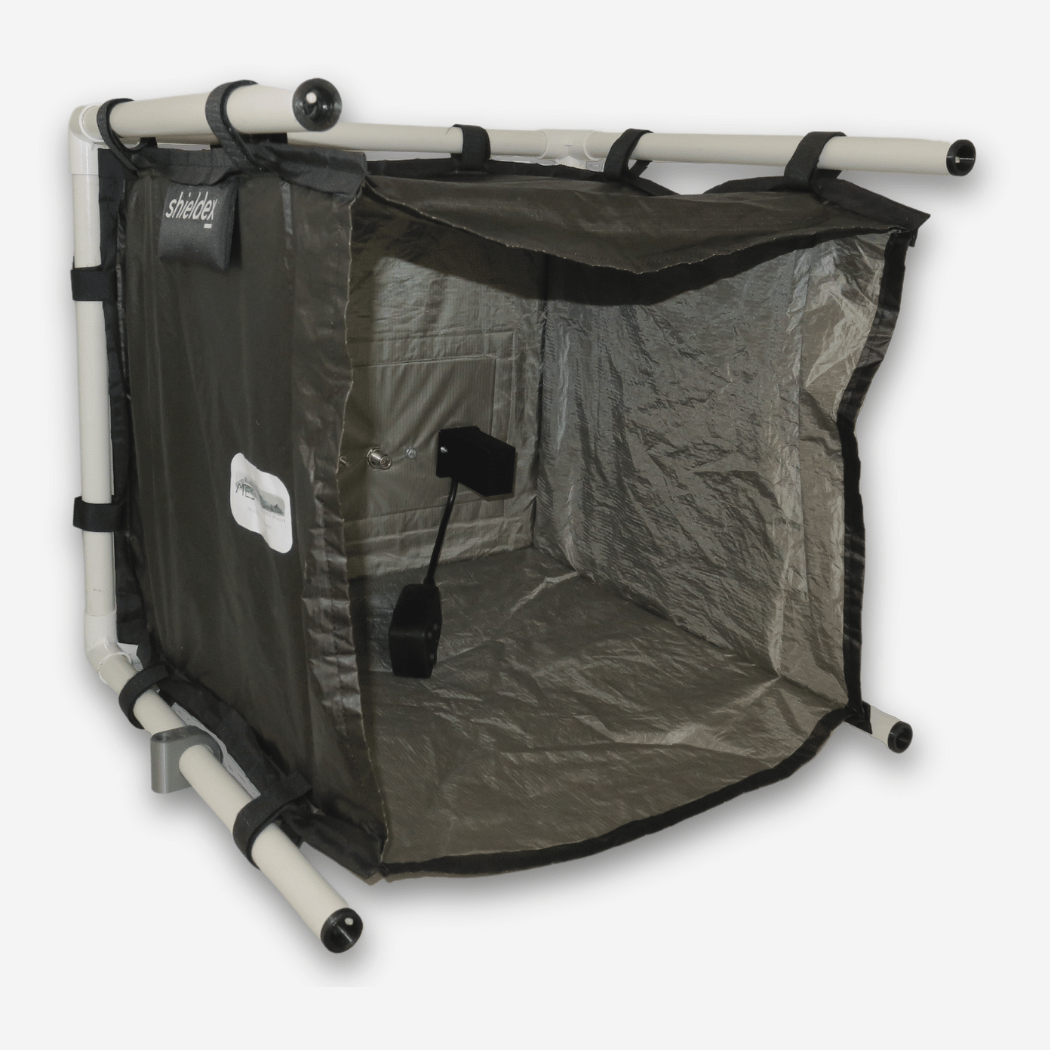
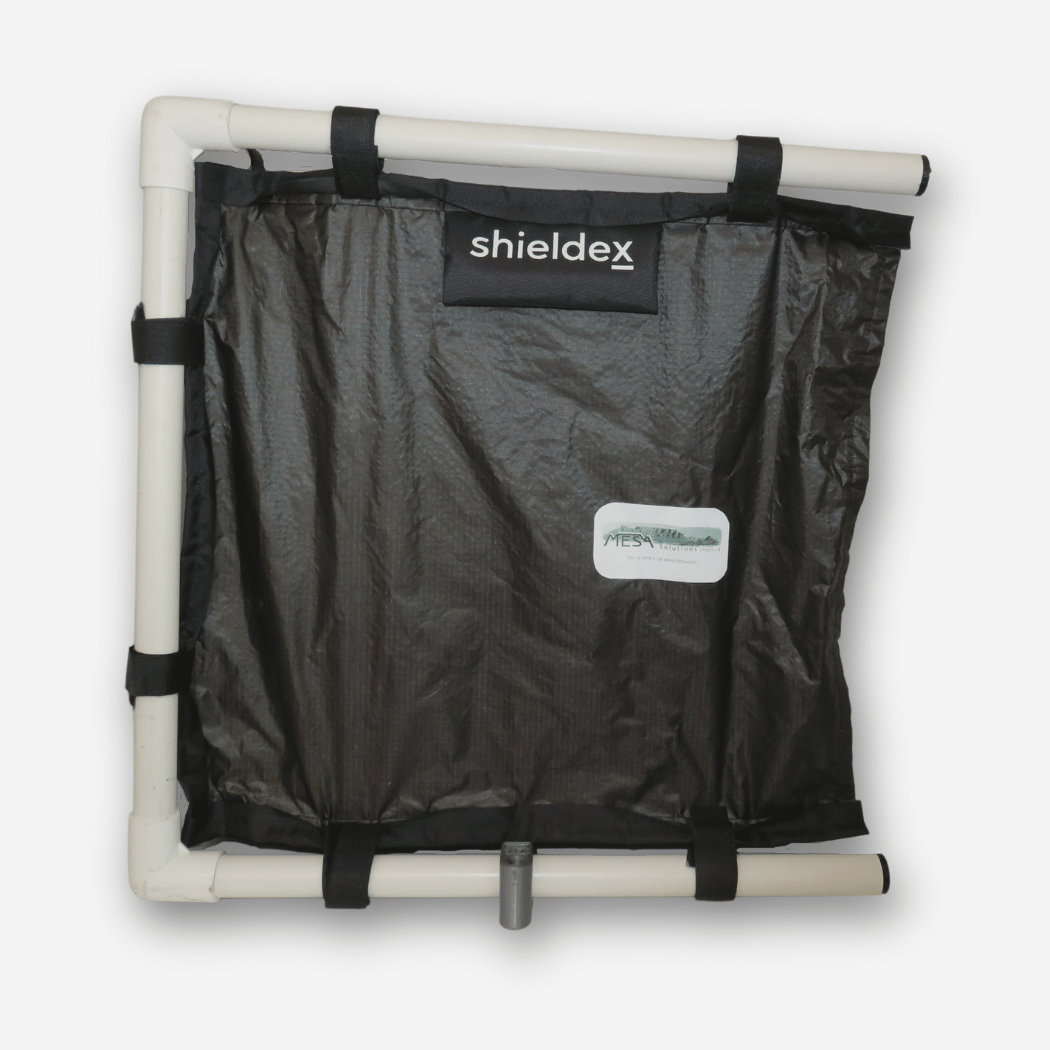
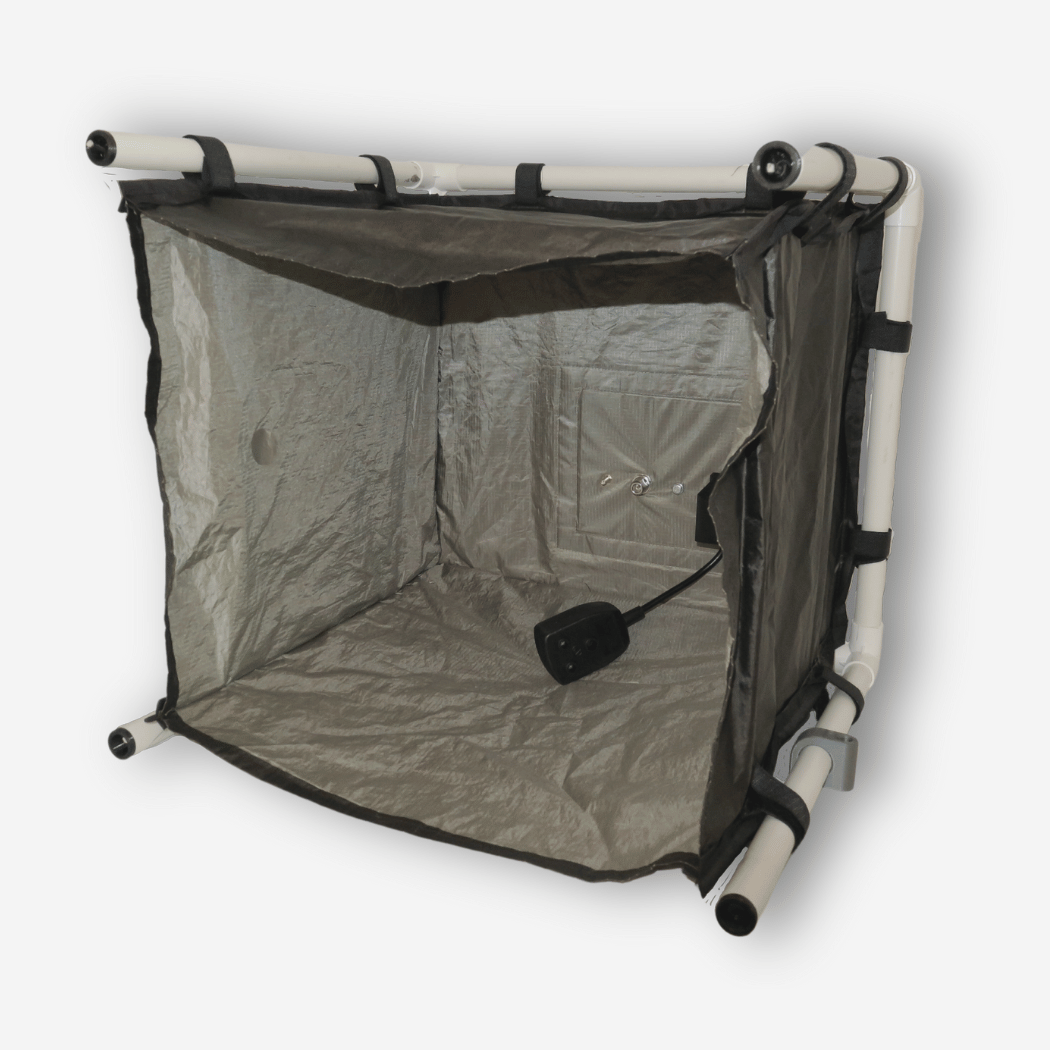
Product description
-
Reducing self-generated EMI
Modern spectrum analyzers (SAs) are packed with features, enabled by high-speed processors that perform hundreds of thousands of Fast Fourier Transforms (FFTs) per second. Despite impressively high dynamic ranges and indicated average noise levels (DANLs) of -100 dBm and lower, these technological advances come with a major drawback: self-generated electromagnetic interference (EMI). The touchscreen serves as an opening through which EMI radiates from the internal electronics and couples to the antenna connected to the SA, allowing EMI to enter the SA through the RF input. This is often not noticed when measurements are only taken at sensitivity levels of -90 dBm, but is clearly noticeable at lower levels. Our Shieldex EMC Cabinet prevents these self-generated EMI from reaching the antenna. The test EUT is shielded by the specially developed, conductive textile. This textile is not only light and durable, but also offers attenuation of up to 50 dB at frequencies up to 5 GHz.
-
Reducing EMI in antenna mode
A spectrum analyzer (SA) acts as a large antenna together with any test device. Any environmental EMI induced currents on this "antenna" structure can couple through the screen and other openings into the SA electronics without passing through the RF input. This antenna mode coupling is generally unnoticed, but is easily detected at SA setting levels below -90 dBm.
By using an interface panel, including RF and power connectors, our solution prevents these EMI-induced currents from reaching the SA.
The currents are diverted to earth (either capacitively or via the included earthing bolt). This is the second way our Shieldex EMC Cabinet allows you to measure only the results you want to measure!
-
Improving test results
By eliminating the unwanted effects of self-generated and external EMI, your SA can be used over its full interference-free dynamic range (SFDR). By combining precision engineering and intelligent design, the Shieldex EMC Cabinet enables clear, unadulterated measurement, free from the irritation and inaccuracy caused by EMI. With this protection solution, you can be confident in the data you collect and be sure that you are measuring the correct parameters of the device during the test. Further information can be found in the “Technical Note” download
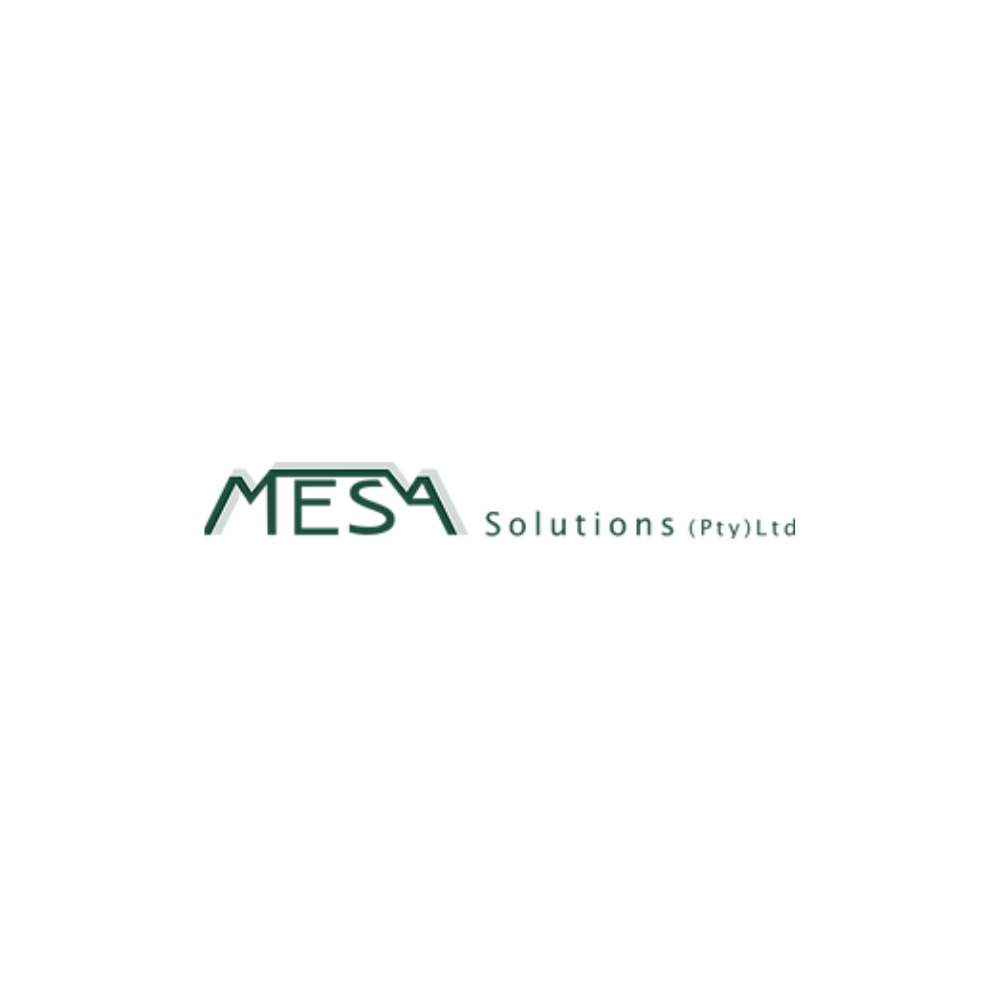
Partnership with MESA Solutions
Shieldex, specialist in metalized shielding textiles, and MESA, expert in electromagnetic compatibility research, have formed a strategic partnership. This alliance combines Shieldex's advanced textile-based shielding solutions with MESA's deep research expertise to jointly develop highly precise EMC pre-testing procedures and customized shielding techniques. The collaboration aims to effectively mitigate electromagnetic interference, enhance the reliability of electronic systems across various industries, and contribute to the advancement of the EMC field through joint research and educational initiatives.




